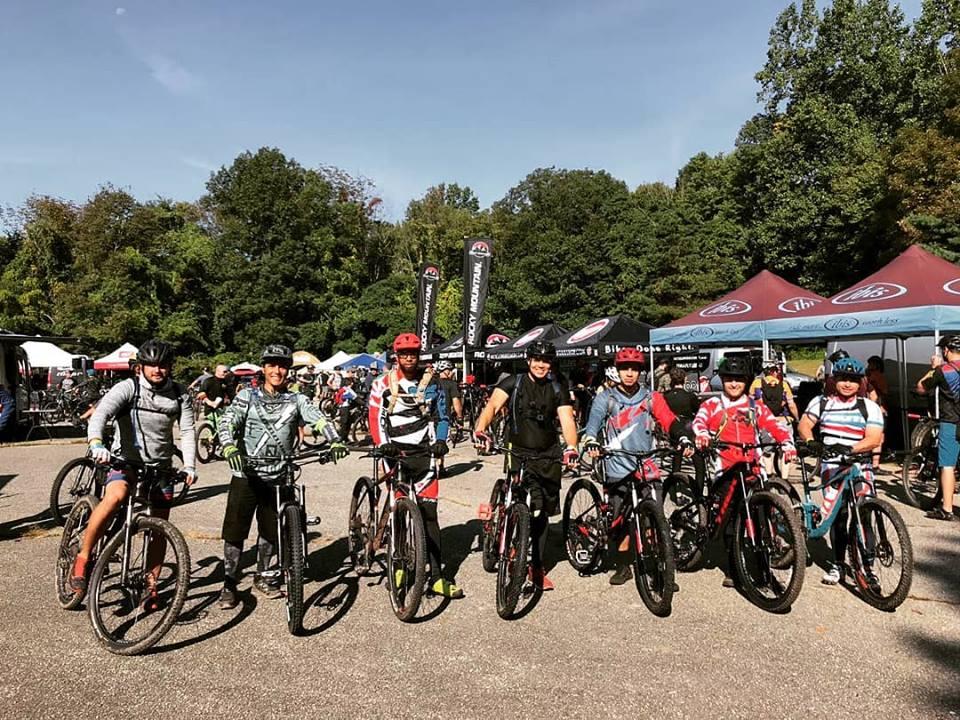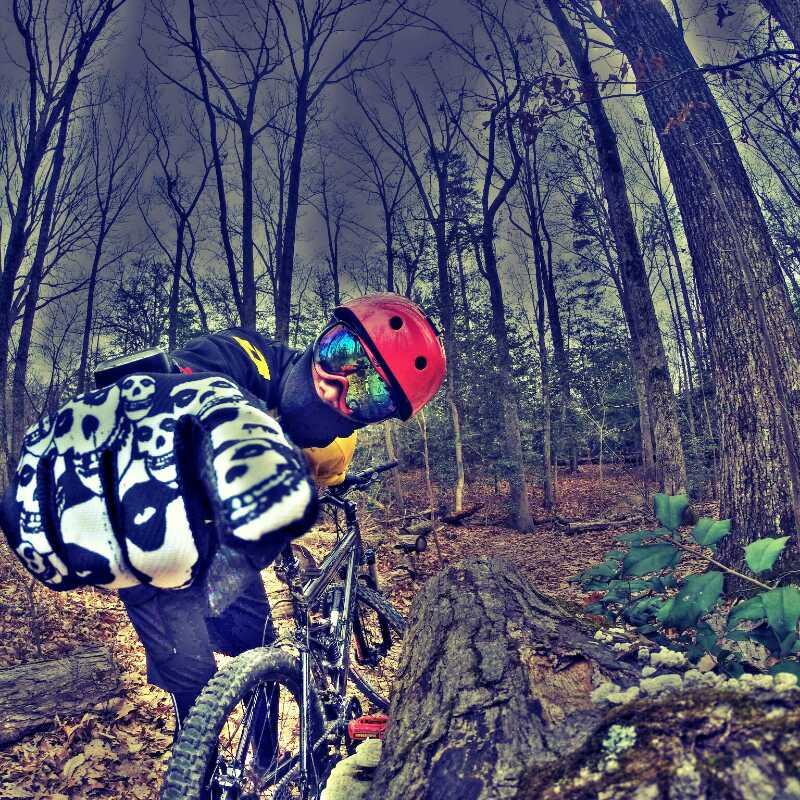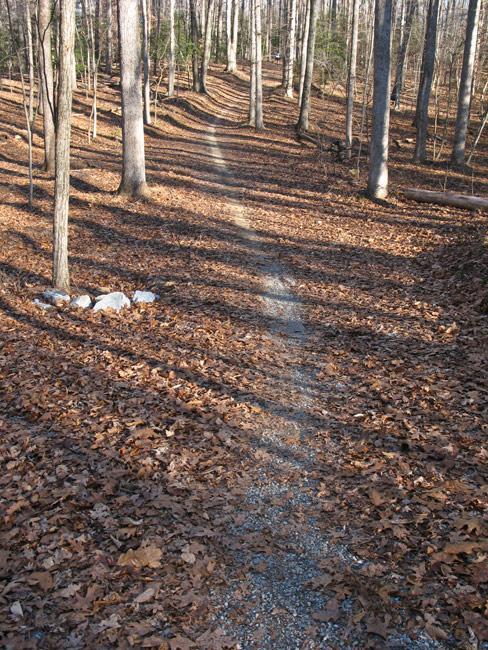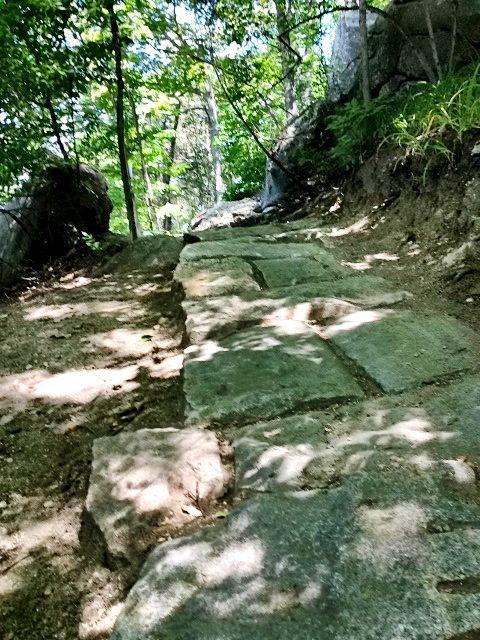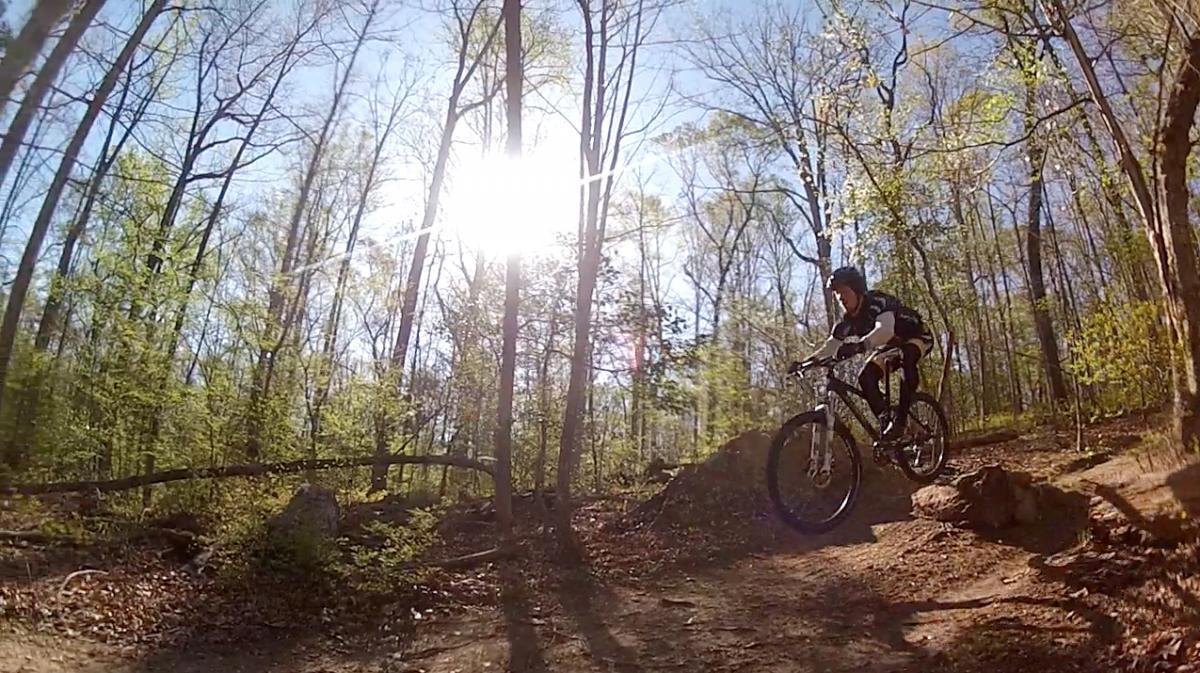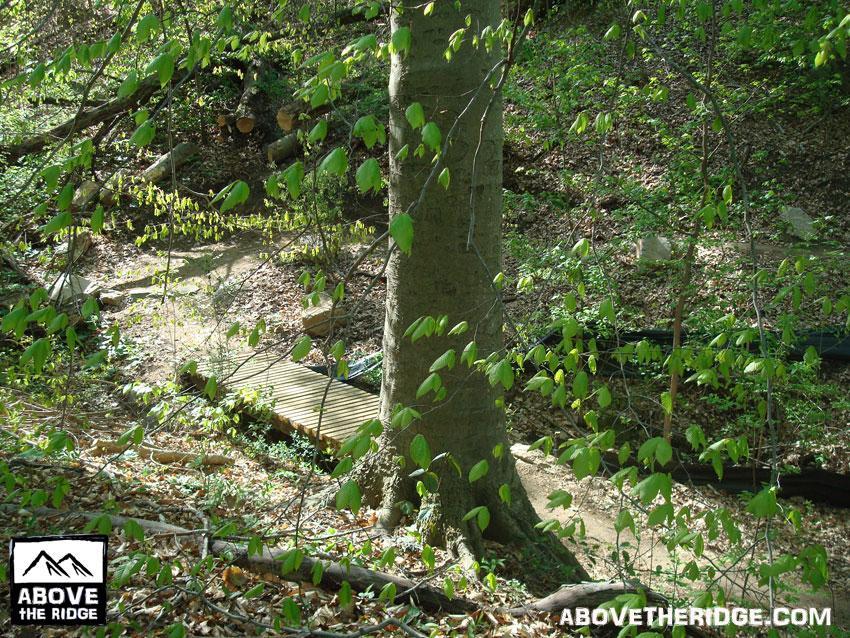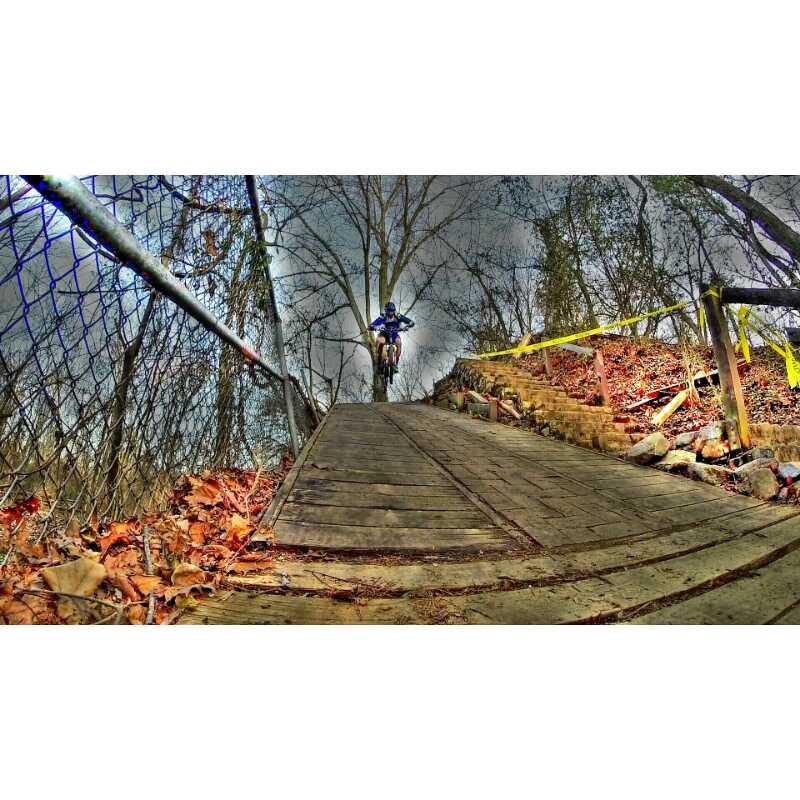Introduction: Setting the Scene
Few trails in Colorado offer a medley of challenges and raw scenic beauty like the Colorado Trail section between Camp Hale and Copper Mountain. For experienced cyclists, it's more than just a trail; it’s a rite of passage. From roaring creeks to high alpine riding, this out-and-back trail delivers an experience you won't easily forget.
Essential Details
- Distance: 13 miles
- Level: Difficult
- Route Type: Out & Back
- City: Copper
- State: Colorado
The Start: Finding Your Way to the Trailhead
To begin your adventure, exit off I-70 at Copper and secure parking. Ride through town until you find the American Flyer lift; your journey starts literally under it. Keep an eye out for the doubletrack and follow the signs for the Colorado Trail.
The Route: What to Expect
Milestones and Landmarks
- Mile 2.6: Cross Guller Creek
- Janet's Cabin: A rustic rest stop
- Mile 6.6: Summit, with an option to continue to Kokomo Pass
The initial miles set the tone. While not particularly steep or technical, the trail doesn't offer much smooth singletrack either. Prepare for a consistent combo of elevation gains and obstacles—think rocks and roots that keep you on your toes. You will find yourself engaged the entire way up, mentally and physically. There are sections where hike-a-bike is inevitable, mostly above the treeline where rocks dominate the trail.
The Scenery
Once above the treeline, the landscape opens up, rewarding cyclists with breathtaking panoramic views. Meadows are interspersed with sections that hug Guller Creek. The serenity is often only broken by the sound of your own labored breathing, particularly if you choose a quieter time slot. One cyclist noted, "I rode this on a Sunday morning around 9 in August and didn't see a soul until the top of the pass."
Climatic and Terrain Challenges
Despite its picturesque beauty, the trail is unforgiving. The altitude, often starting at 10,000 feet and culminating in a 2,500-feet elevation gain, is a factor to be reckoned with. A fair warning: pack an extra Clif Bar and be prepared for variable weather conditions—rain, sleet, snow, and even lightning can surprise you.
The Descent: Where the Fun Lies
After a grueling ascent, the trail offers a heart-pounding descent that makes it all worthwhile. It's not overly technical but has just enough obstacles to keep things exciting. The trail is well marked, so navigation on the downhill is not a concern.
Conclusion: Should You Ride It?
In a word, yes. It's a challenging climb with steep and technical sections, but the rewards, from high alpine scenery to thrilling descents, make it a must-ride for any seasoned mountain biker. It's about endurance, focus, and the willingness to push through, but most who conquer it agree—it’s an epic ride that ranks high on the adventure scale.





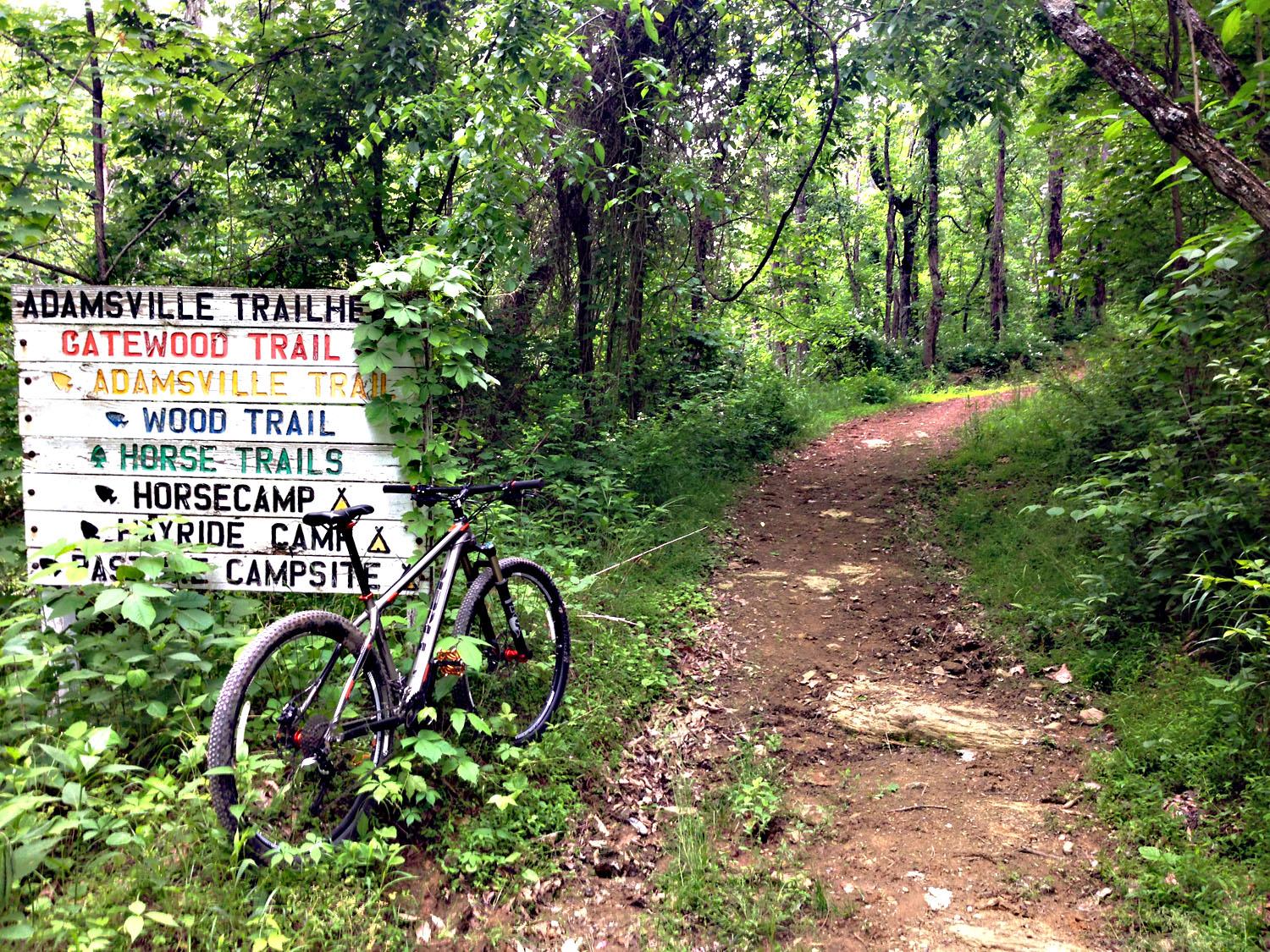
 10 mi
10 mi 